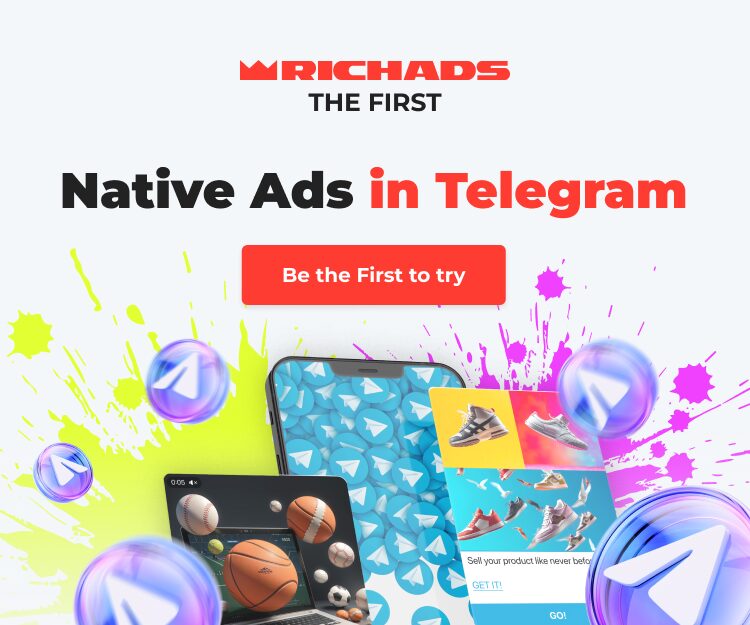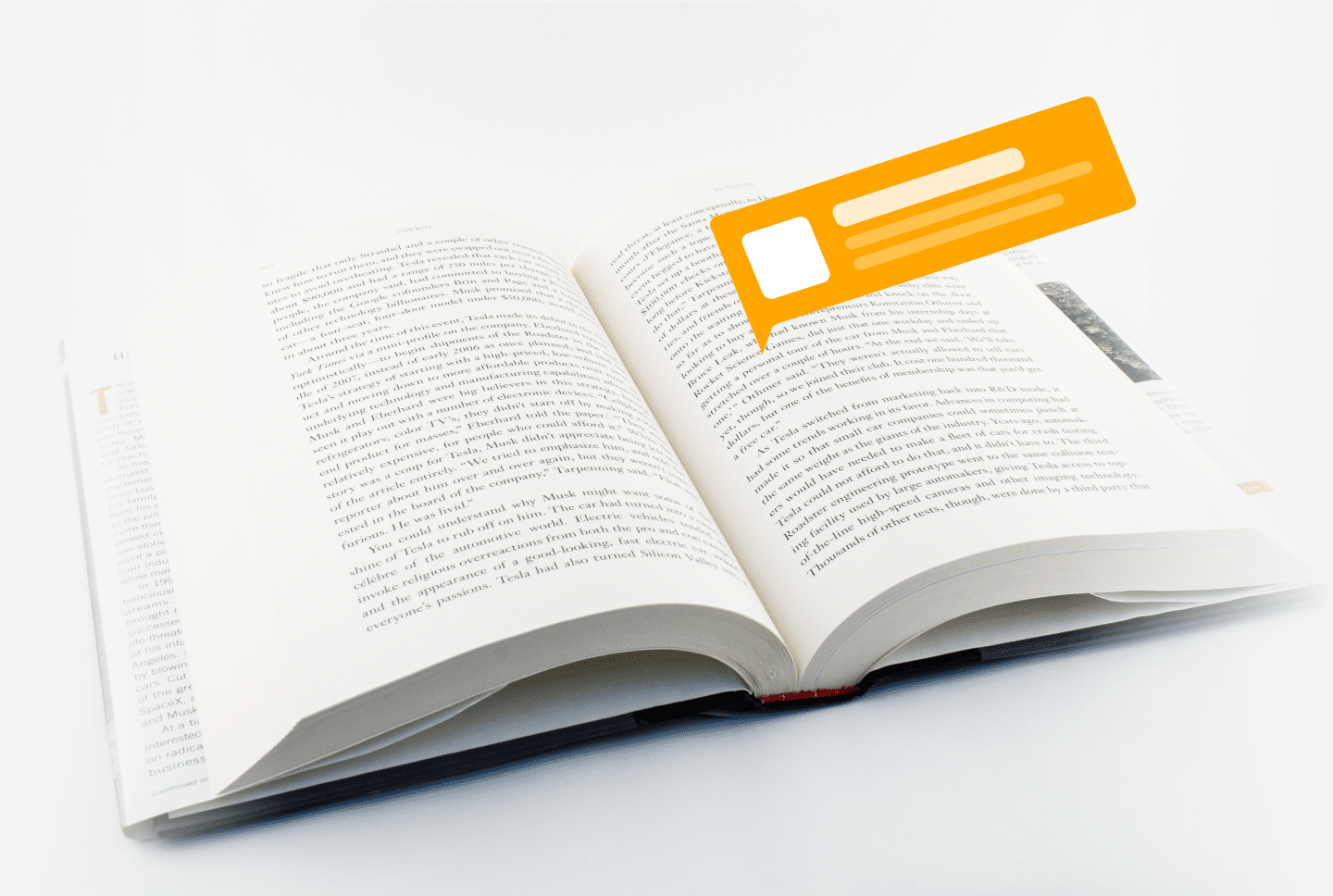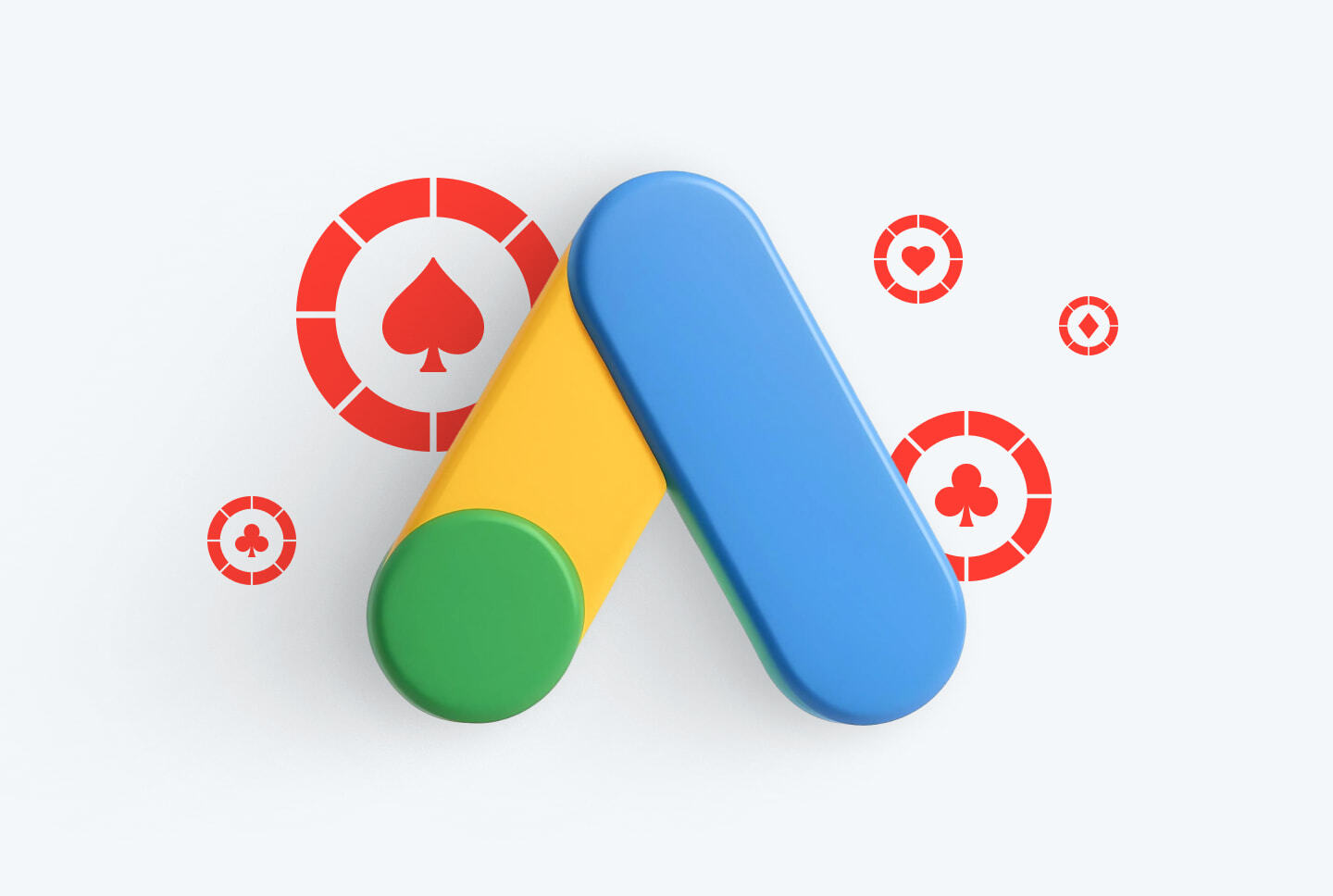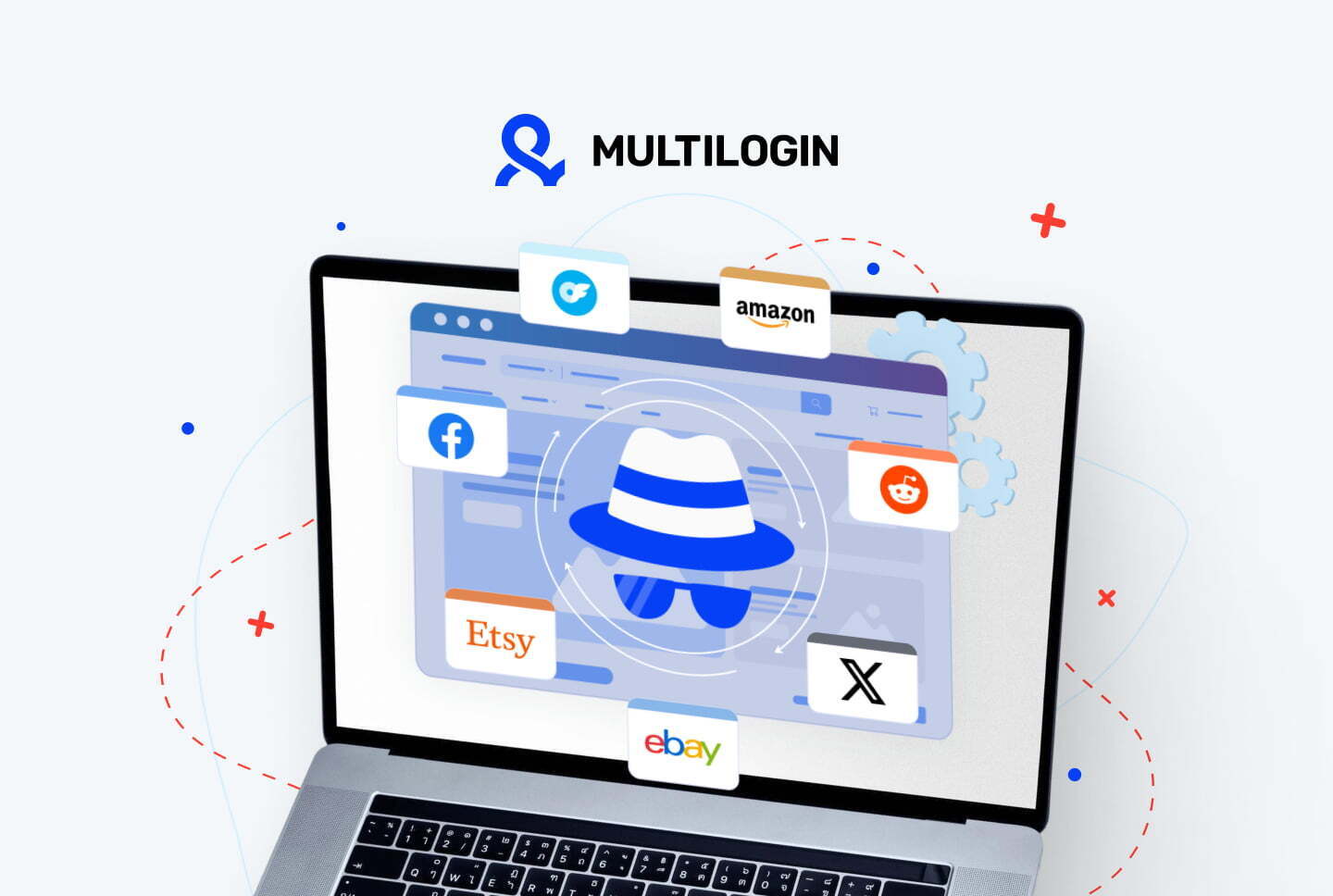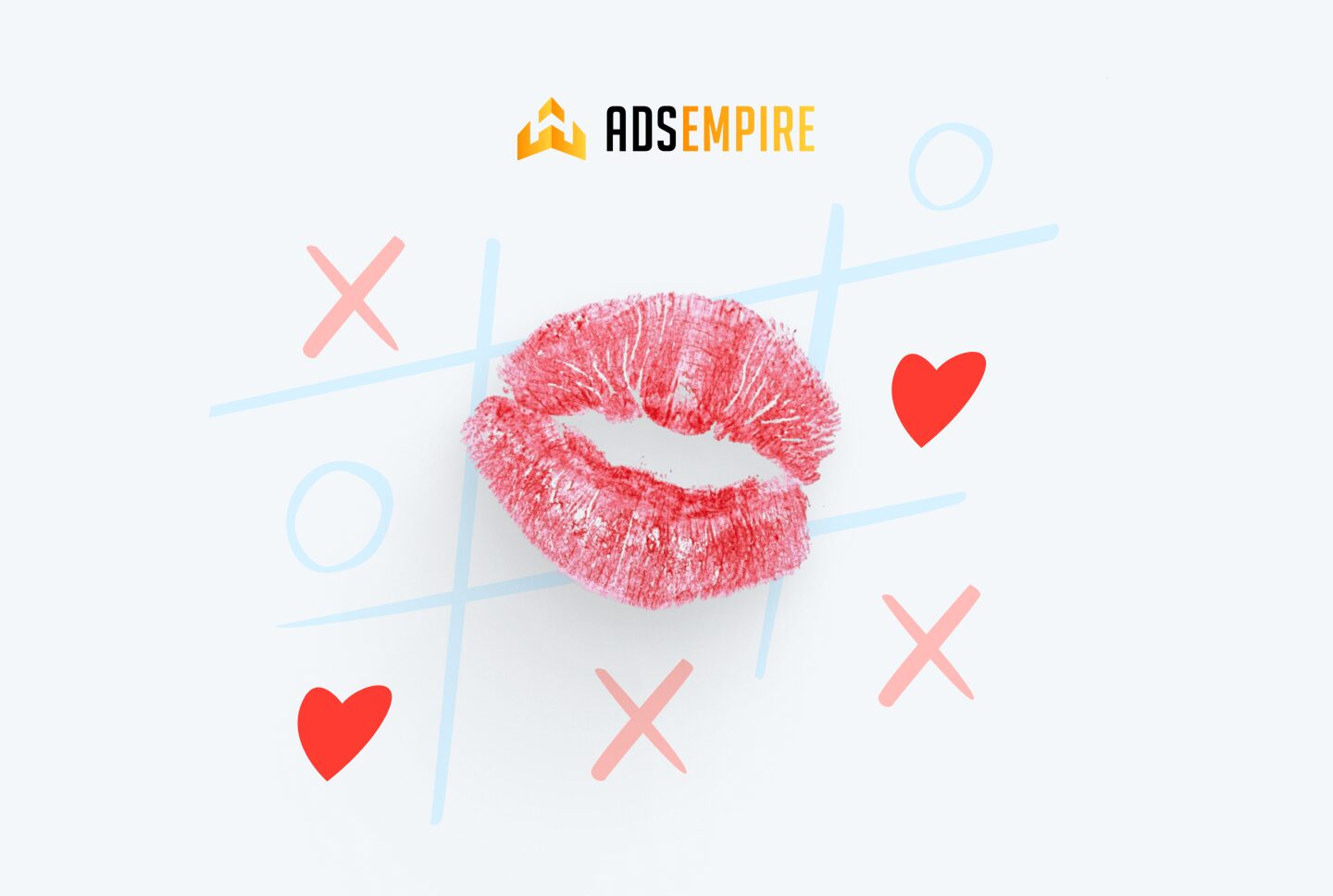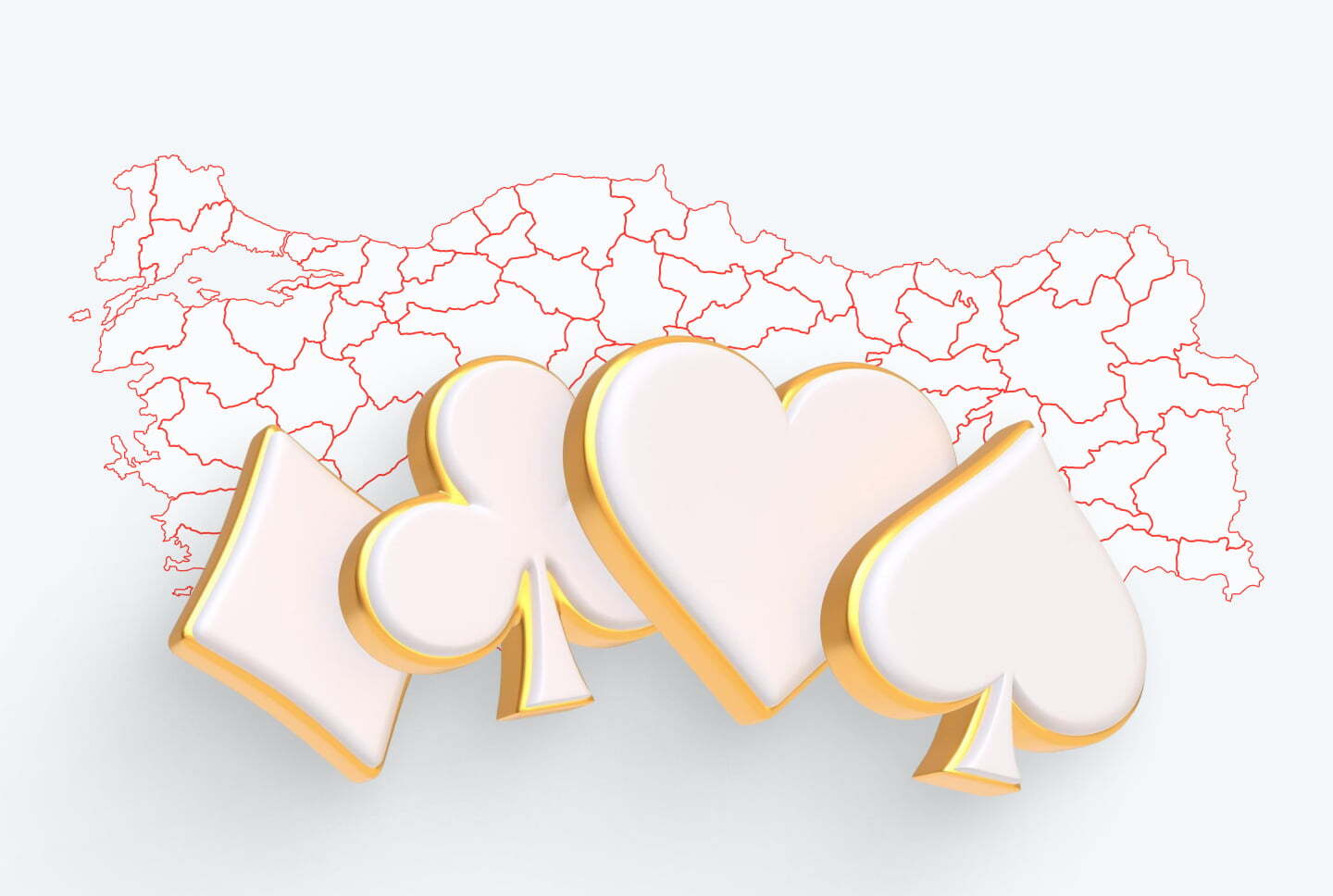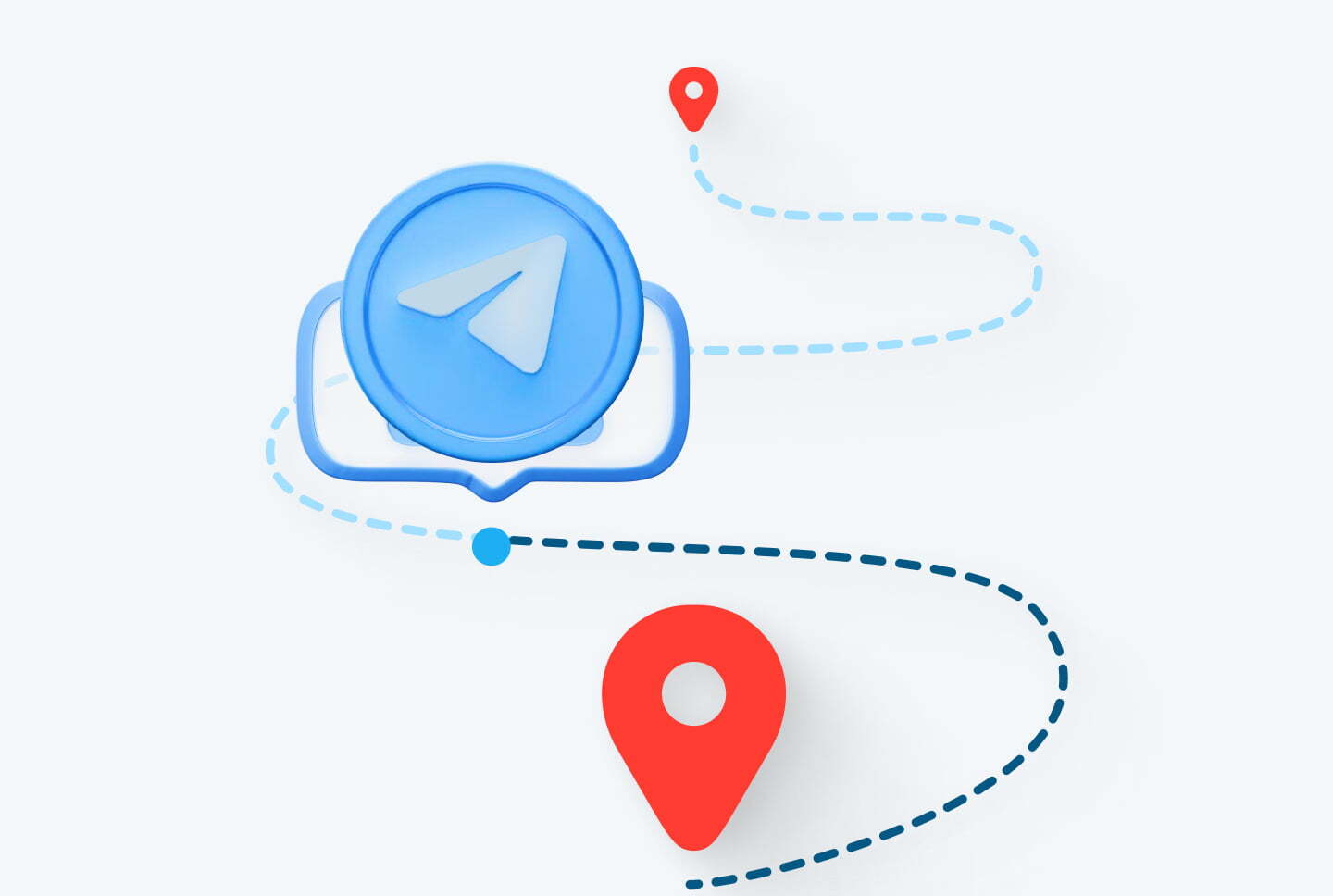Think about it: do you like aggressive notifications on your phone or tons of push notifications when opening a website? As for the first two or three notifications – yes, you still have hope to get some useful content. But the more you see “empty messages”, the more you want to close everything.
And it seems like you set your push notifications up properly. There’s a selling title, a nice picture, a great offer, and attractive text. But all of that annoys most users. What can you do about it?
Leadzavod gives recommendations on push ads strategies to make them useful and interesting.
How to improve push notifications
No successful marketer or arbitrator would leak their links and tell you all about the nuances and intricacies of setting up campaigns. To put it simply, no one wants to lose their earnings and encourage the emergence of new competitors. Therefore, only your own experience will lead you to success.
High-converting push notifications are individual messages that pop up at the right moment. They are based on data about a specific user and are really helpful in problem-solving.
Here are some push ads tips to make push notifications work!
Leadzavod’s recommendations on how to improve push ads performance:
- Don’t forget about GEO. Citizens of Kazakhstan don’t need offers from Russian banks and MFIs, and vice versa. It goes without saying – you might say, but in reality, webmasters set up one push notification for different GEOs because they want to “crush by volume”.
- Consider time. No one will read push notifications at night, and on the other hand, people will most likely remove them in the morning. Therefore, try to predict at what time your target audience would be interested in the push notification offer. For example, it’s profitable for stores to send notifications on Friday evening, just before holidays, and on weekends, when people usually plan big purchases.
It’s better to use your finances in the morning and in the evening. There’s no need for money at work, but there might be one in the evening or at the beginning of the day. - Discard irrelevant content. “Black Friday in March” is stupid, “advantageous offer” is too generic. But “50% discount on goods until the end of the day” encourages the user to look at the offer and buy the product.
- Adjust the frequency of your mailing list. Often doesn’t mean good. If the user receives 10-15 push notifications per day, they won’t click on the annoying advertisement.
Don’t turn push notifications into spam: the optimal number of notifications is up to 3 per day for one user. This approach secures the audience’s interest in the offer and increases the CTR of advertising. - Pay attention to analytics. A campaign might have a thousand clicks, but not a single conversion. There are two reasons for this. The user had fallen for an overly attractive push notification but didn’t receive the expected content after clicking the link. Or there’s something wrong with the landing page.
To avoid this, monitor at what stage the user leaves. Hold off on blaming poor-quality traffic for all that, collect as much information as possible about user behavior.
In 2019, a change in the format of push notifications is expected. More user interactivity is among the trends in push traffic, too. The most efficient push notifications are personalized and helpful ones, as well as non-standard ideas, for example, making advertising push ads look like app notifications.
What is RichAds?
🔝 Push and pop ads,
🔼 CPC starts from $ 0.003,
🔝 CPM from $0,3 in Tier 3, $0,5 in Tier 2, $1 in Tier 1,
⏫ large volumes of available traffic in more than 200 geos.
Find the push notification best practices here.




